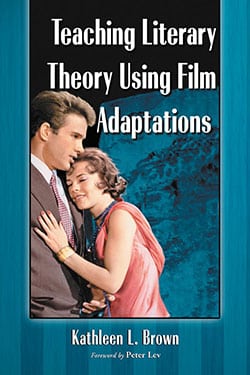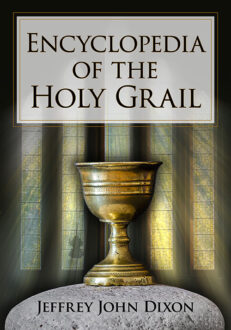Teaching Literary Theory Using Film Adaptations
$39.95
In stock
About the Book
This volume introduces ways to use film to ease the difficulty of introducing complex literary theories to students. By coupling works of literature with attendant films and with critical essays, the author provides instructors with accessible avenues for encouraging classroom discussion. Literary theories covered in depth are psychoanalytic criticism (The Awakening and film adaptations The End of August and Grand Isle), cultural criticism (A Streetcar Named Desire and its 1951 film version), and thematic criticism (“Ode: Intimations of Immortality from Recollections of Early Childhood” and the film adaptation Splendor in the Grass). Other theories are used to clarify and support those referred to above. The work then includes a survey of the image patterns into which film adaptation theories can be grouped and how these theories relate to traditional literary theory.
About the Author(s)
Bibliographic Details
Kathleen L. Brown
Format: softcover (6 x 9)
Pages: 219
Bibliographic Info: 5 photos, bibliography, index
Copyright Date: 2009
pISBN: 978-0-7864-3933-1
Imprint: McFarland
Table of Contents
Foreword 1
Preface 7
Introduction 9
PART I. TEACHING LITERARY THEORY: PAIRING LITERARY CRITICISM WITH FILM ADAPTATIONS
1. Psychoanalytic Criticism 22
The Awakening by Kate Chopin
The End of August (1982) and Grand Isle (1992)
2. Cultural Criticism 64
A Streetcar Named Desire by Tennessee Williams
A Streetcar Named Desire (1951)
3. Thematic Criticism 100
“Ode: Intimations of Immortality from Recollections of
Early Childhood” by William Wordsworth
Splendor in the Grass (1961)
PART II. TEACHING LITERARY AND ADAPTATION THEORY
4. Classifying Adaptations Through Image Patterns 146
Conclusion 189
Bibliography 197
Index 207
Book Reviews & Awards
“the value of this excellent book extends beyond its intended audience…the book could well be assigned to students in a variety of courses…her assessment of the state of American literacy seems spot on, and her overview of the history of adaptation theory will interest newcomers to the field. This book far outshines and is a more worthwhile read than others on the subject…highly recommended”—Choice.





